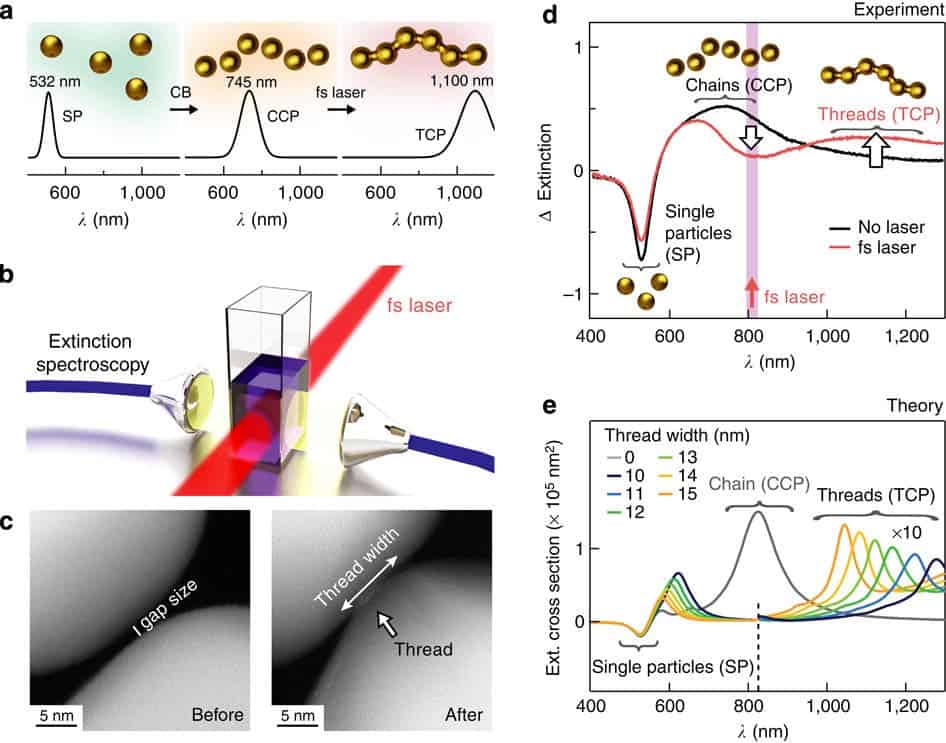Invisibility cloaking is already a reality, but don’t expect it works just like in Harry Potter. For the past decade or so, extremely promising advances have been reported. Using either metamaterials – artificial materials with properties typically not found in nature – or natural materials, scientists have devised all sorts of invisibility cloaks. All of these work, yet all of them are flawed in one way or the other. They render an object invisible only from one angle or only for a particular set of frequencies like microwaves and so on. In order to make a perfect invisibility cloak, one needs extremely advanced manufacturing methods. Scientists at University of Cambridge have devised a breakthrough technique that will allow us to build materials previously unavailable, including those that could be used to build invisibility cloaks – the genuine kind.
A laser that threads at the nanoscale
So, what do you see? You don’t see objects, trees or the sky, but the light that becomes reflected off each atom or molecules. Some frequencies are absorbed, while others are reflected eventually bouncing into our retinas, before eventually the brain taps in and decodes this information in manner we all recognize as sight. It’s not absurd to claim everything we see isn’t real, but a projection.
An invisibility cloak, in theory, has a surface geometry that refracts light in complex patterns and unusual directions. There are certain nanoparticles that can be used to refract light in this manner, but assembling them in the right pattern has proven so far impossible. The research by the team at University of Cambridge offers a viable solution for building this sort of metamaterials. They designed and built an unfocused laser that scatters light in millions of tiny needles. The laser is fired upon gold nanoparticles that line up in a string, then more strings are stacked ontop so eventually you wind up with a macroscopic piece of the metamaterial you can then use to fit a purpose.

(a) Schematic process. Charge-stabilized gold NPs exhibit single particle plasmons (SP) at 532 nm resonance. Particles glued into chains by CB molecules give CCPs (745 nm resonance). Illumination with femtosecond laser pulses (schematic b) connects chains by metal thread into strings, producing TCPs (1,100 nm resonance). (c) TEM images of NP chain gaps before and after femtosecond irradiation. (d) After adding CB molecules to the NPs, spectra are different with/without femtosecond laser irradiation. Single NP response is subtracted from spectra. As the threads develop, a spectral dip around the laser wavelength and a peak at the rising TCP emerge. (e) Numerical simulations of resonant six-NP-long chains display TCP mode and indicate the range of nanothread widths contributing to the signal in d.
The gold particles were electrically connected to form a strand, while spacer molecules called cucurbiturils (CBs) were used to form a scaffold that keeps the particles just the right distance apart so that ripples of electrons can flow along the surface of the chain.
This is only the first step towards building metamaterials that not too long ago would have been deemed impossible. Findings appeared in Nature Communications.









